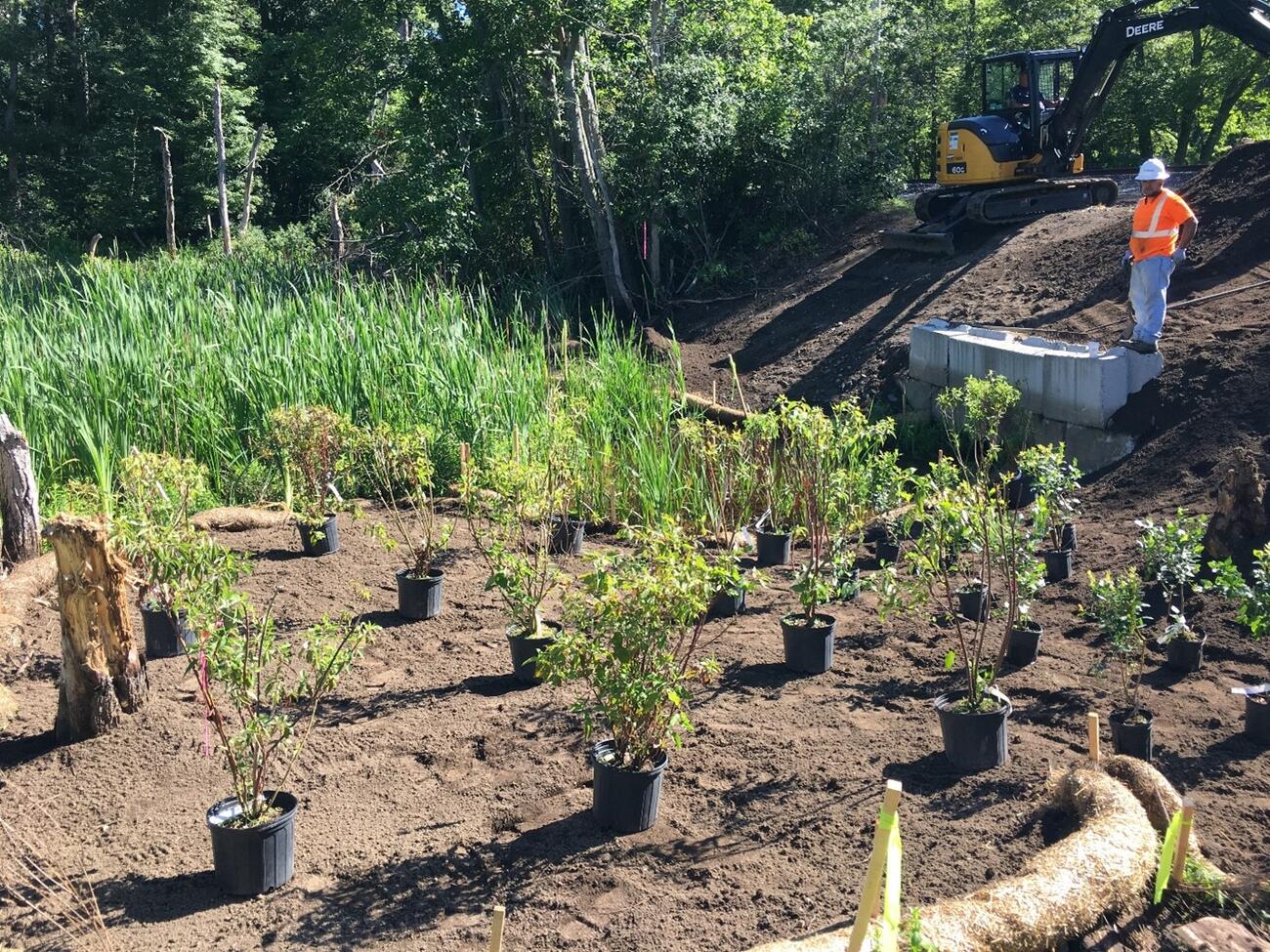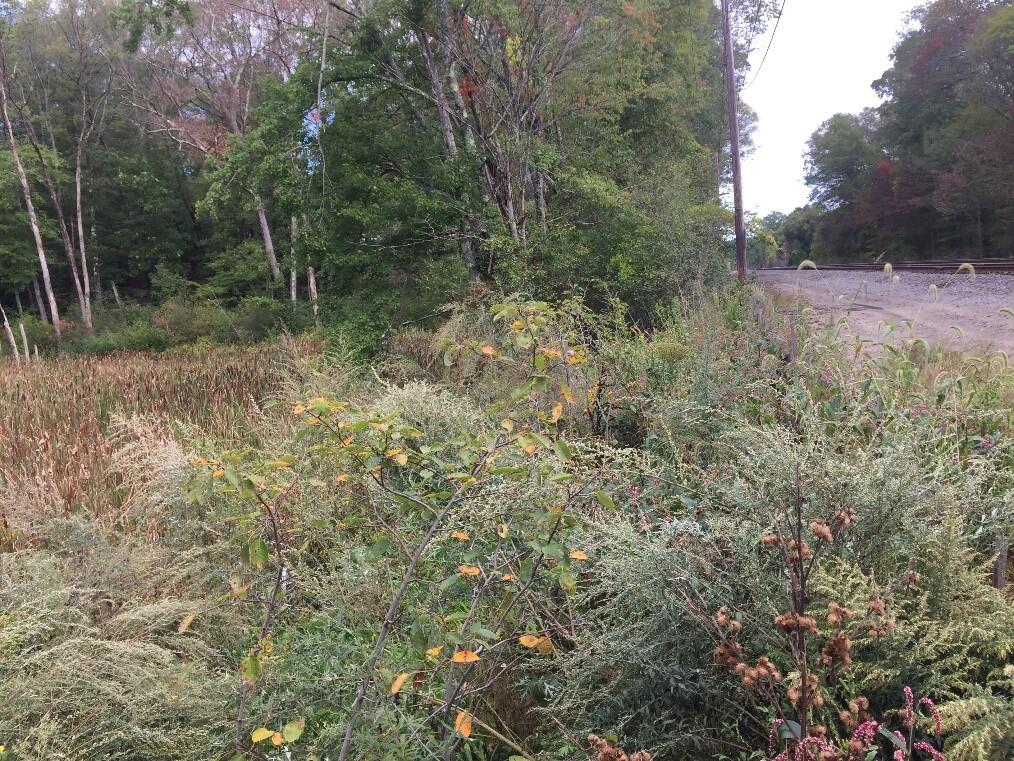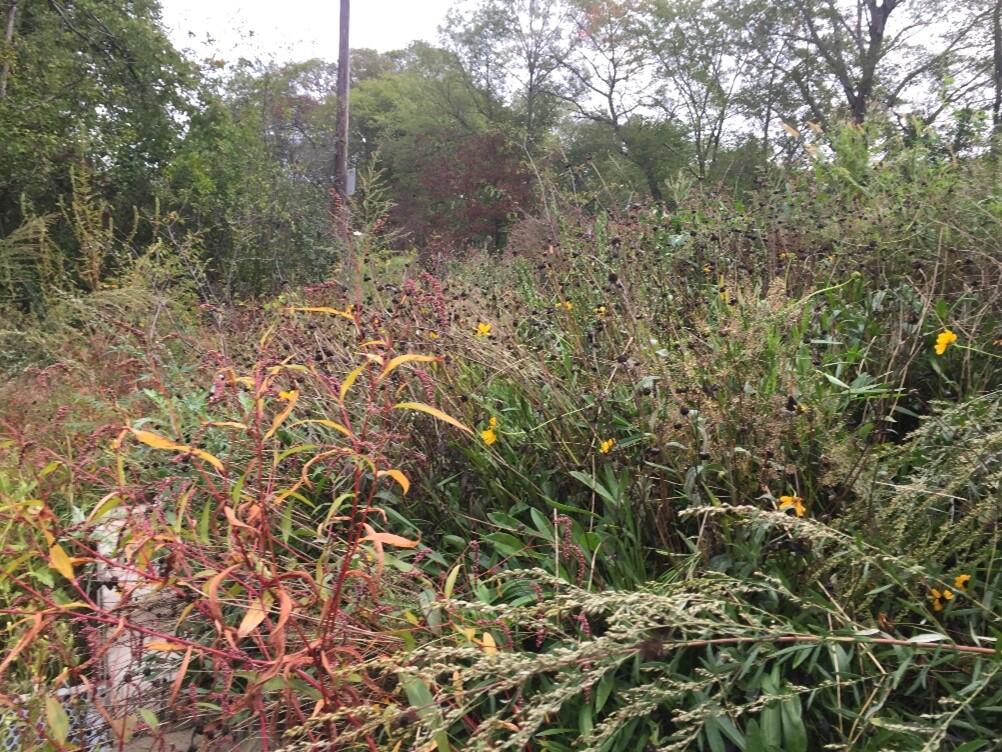Natural Resource Protection
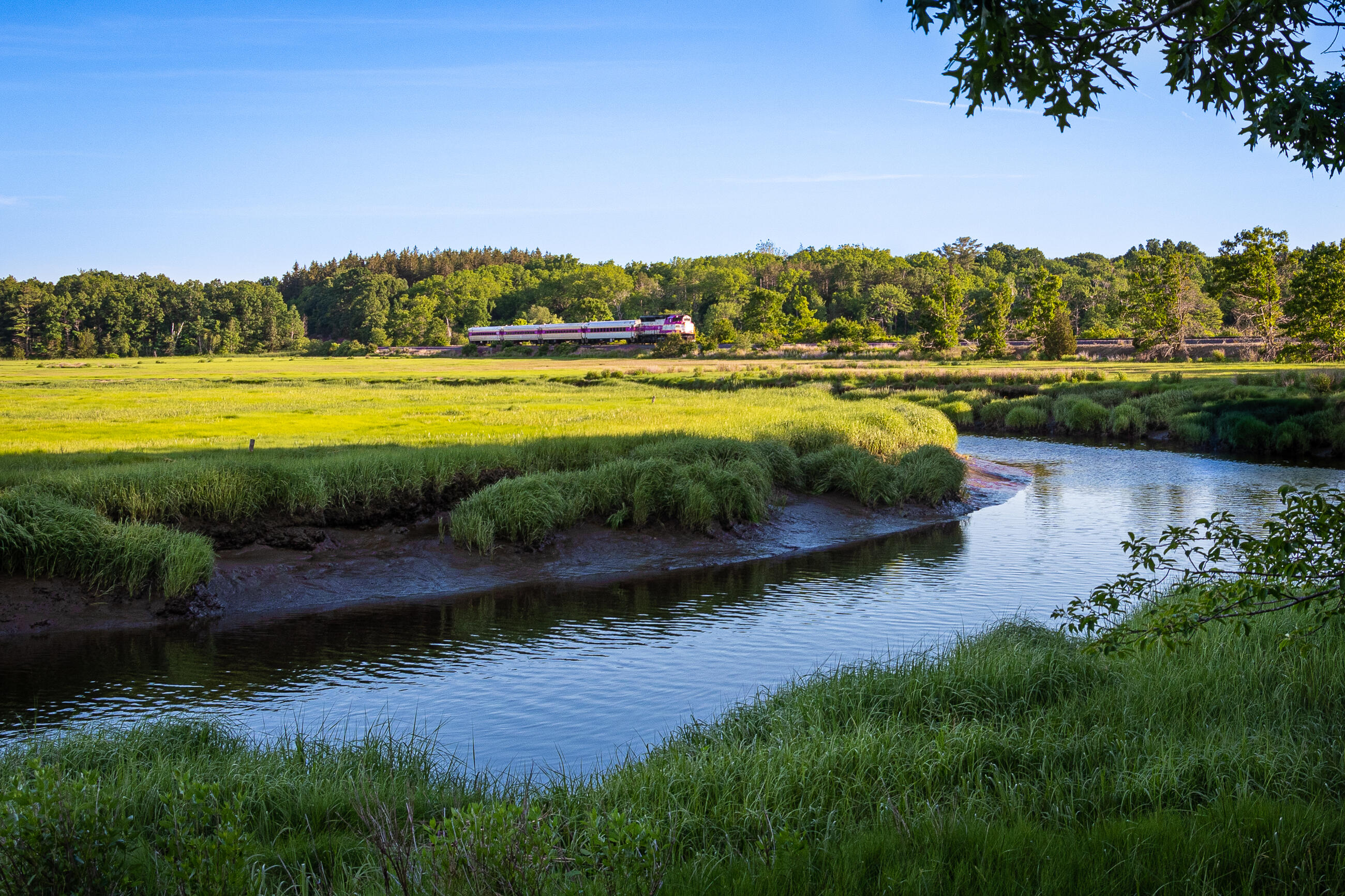
Our transit system passes by many types of environmental resources including wetlands, waterways, forests, and coastal regions. As one of the largest landowners in the Commonwealth of Massachusetts, the MBTA has a responsibility to support and improve the health of the communities we serve.
Our responsibilities include, but are not limited to:
- Protecting waters from pollution
- Improving water quality
- Protecting wildlife
- Addressing soil and groundwater contamination issues
- Promoting the safe and responsible use of natural resources
Programs supporting these responsibilities run throughout MBTA operations—from the way we design and construct facilities, to the way we operate and maintain tracks and systems.
Building a Better T
As part of our $9.6 billion, 5-year capital investment plan, we're renovating stations, modernizing fare collection systems, upgrading services for our buses, subways, and ferries, and improving the accessibility of the entire system.
Wetlands and Waterways

In the mid 1800’s, rights of way were often developed along flat wetland areas and railroad bridges were built across navigable waterways. Today, the MBTA continues to work and operate in areas where natural resources are abundant. As we upgrade and repair our system, we must plan to protect these are
as and their resources. To avoid unnecessary impacts on natural resources, the MBTA has established protocols and best practices for developing projects and operating our system.
Shawsheen River Bridge
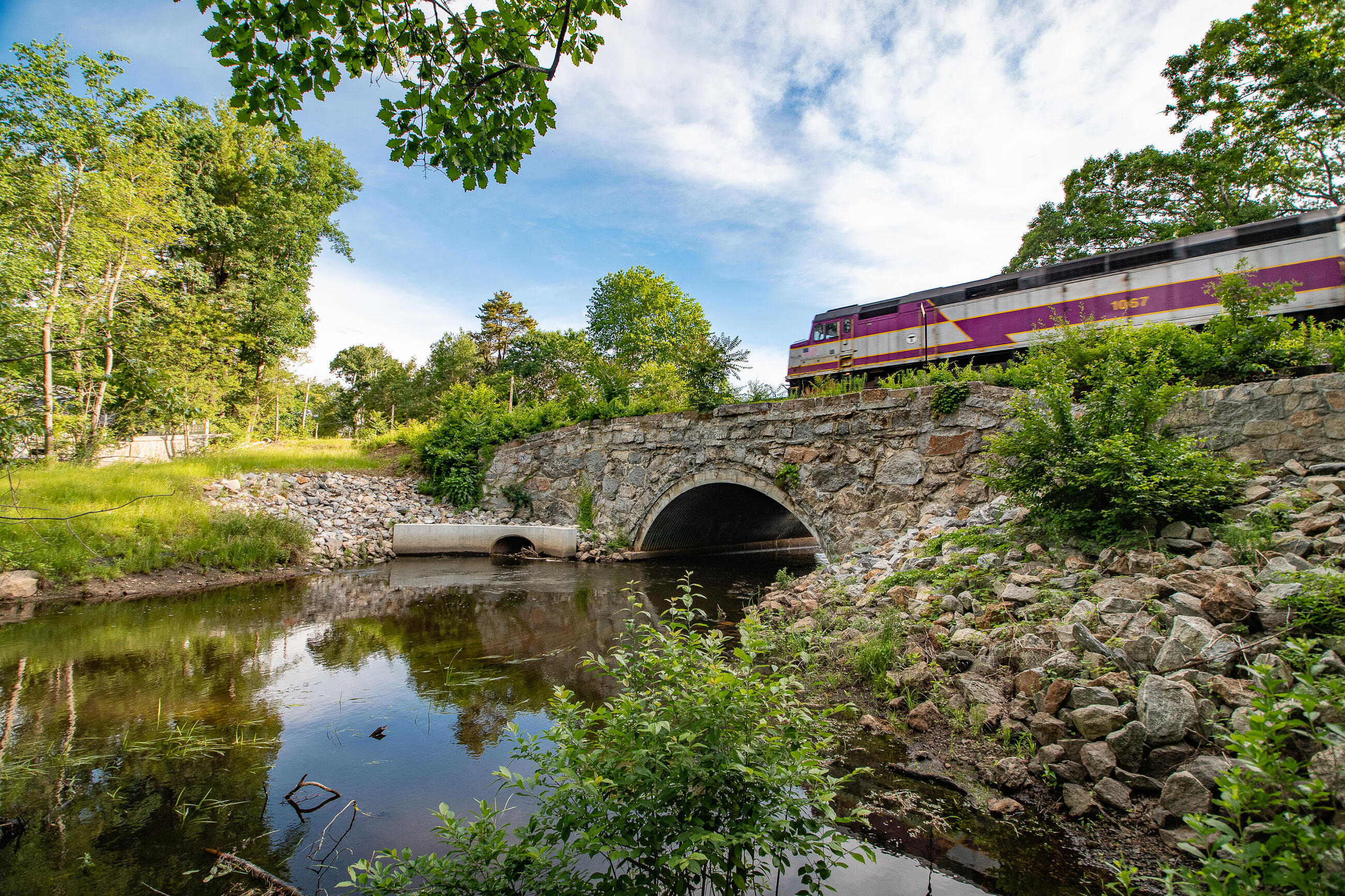
Constructed in 1847, the Shawsheen River Bridge on the Wilmington/Billerica boarder is listed on the National Register of Historic Places. Work on this bridge required both historic preservation as well as conservation of the surrounding wetlands and the waterway it passes over.
The project required slope stabilization to prevent materials from washing into the river. We restored much of the bank and performed wetland improvements on adjoining properties.
Wildlife
The MBTA works with the Division of Fish and Game (DFG) to maintain safe crossing areas for wildlife. These well-lit crossings are located near known animal habitats as well as locations safe for animals to live. They were first installed to help turtles cross railways, and since then, studies have shown that a variety of wildlife, including foxes and rabbits, use them too.
South Coast Rail

The South Coast Rail passes though areas that are known habitats for state-listed endangered species—including the Blandings turtle. To protect them and make sure the rail line does not interfere with the turtle’s mobility or habitat, the MBTA is establishing over 100 wildlife crossings across the entire 40 miles of the project. In addition, the MBTA is working with the DFG to preserve and protect land for species inhabitance.
Stormwater Management
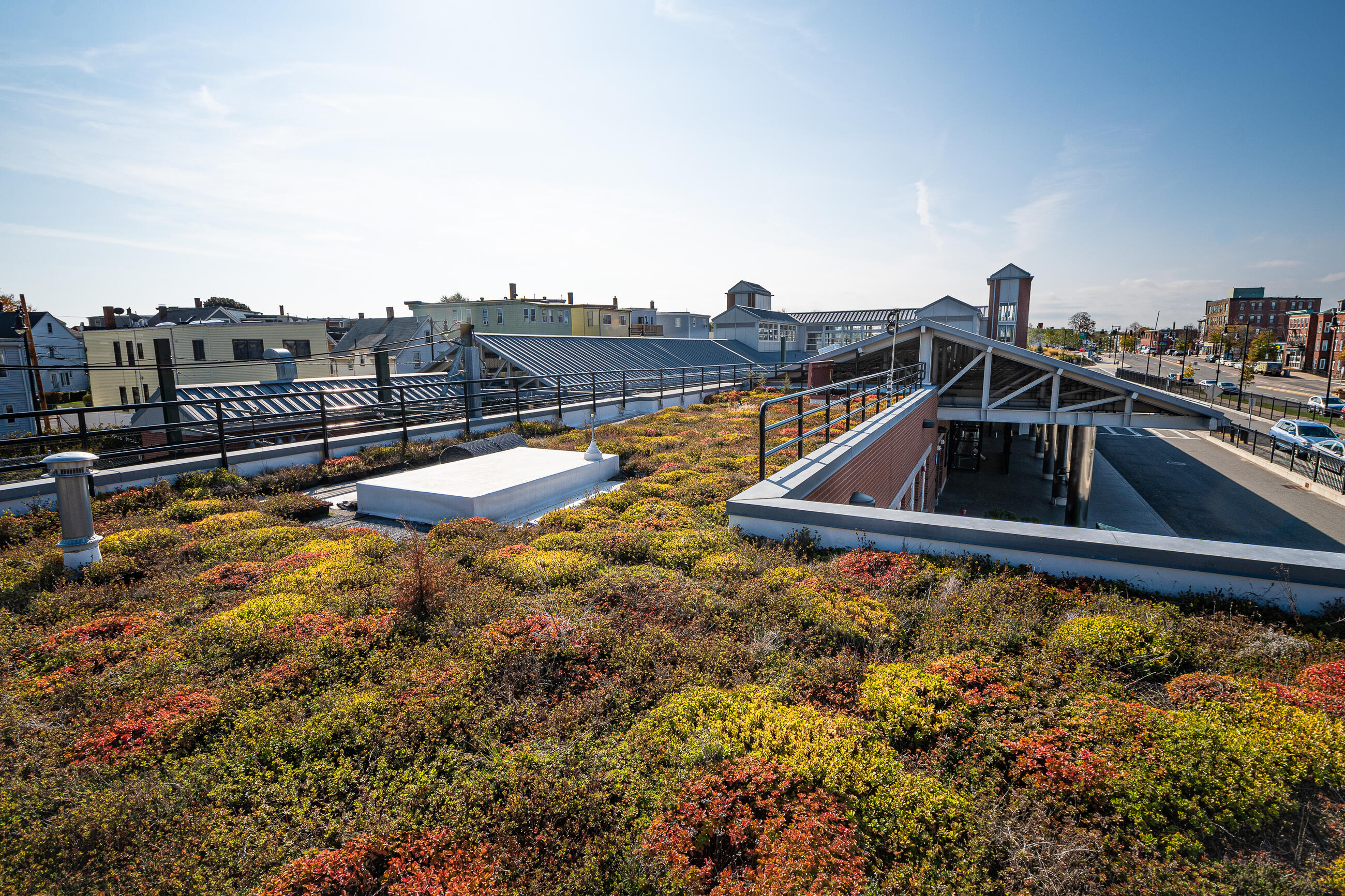
Some MBTA stations and carhouses are located near bodies of water. Stormwater and runoff pollution prevention is an essential part of planning, construction, and use of these facilities. Download the stormwater pollution prevention plans (SWPPP) associated with each project below.
- Riverside Carhouse
- Reservoir Carhouse
- Quincy Bus Garage
- Fellsway Bus Garage
- Cabot Yard
- Everett Shops
- Albany Garage
- Arborway Garage
- Southampton Garage
- Charlestown Bus Yard
- Charlestown Truck Garage
In addition to Stormwater Plans, the MBTA has implemented Spill Control and Countermeasure (SPCC’s) for all required facilities. The SPCC’s layout the specific steps, infrastructure, and procedures at each facility to prevent oil spills that could affect navigable waterways or adjoining shorelines. For more information on the MBTA’s SPCC program, contact the MBTA at environmental@mbta.com.
Environmental Clean Up
Readville Yard 5
The MBTA inherited the 45-acre land parcel now known as the Readville Yard 5 facility in the 1970’s. The previous owners had used the land for vehicle maintenance and left behind debris, refuse, and contamination that became a concern for the T and the surrounding communities.
Cleanup of the area included the removal of 17,840 tons of contaminated soil, 11.2 tons of trash, 1,009 tons of concrete and metals, and 74 tons of railroad ties.
Today the MBTA uses a small portion of the site for rail purposes, while another part is under construction for commercial use.
Ipswich Culvert Construction
Building a Better T
As part of our $9.6 billion, 5-year capital investment plan, we're renovating stations, modernizing fare collection systems, upgrading services for our buses, subways, and ferries, and improving the accessibility of the entire system.
